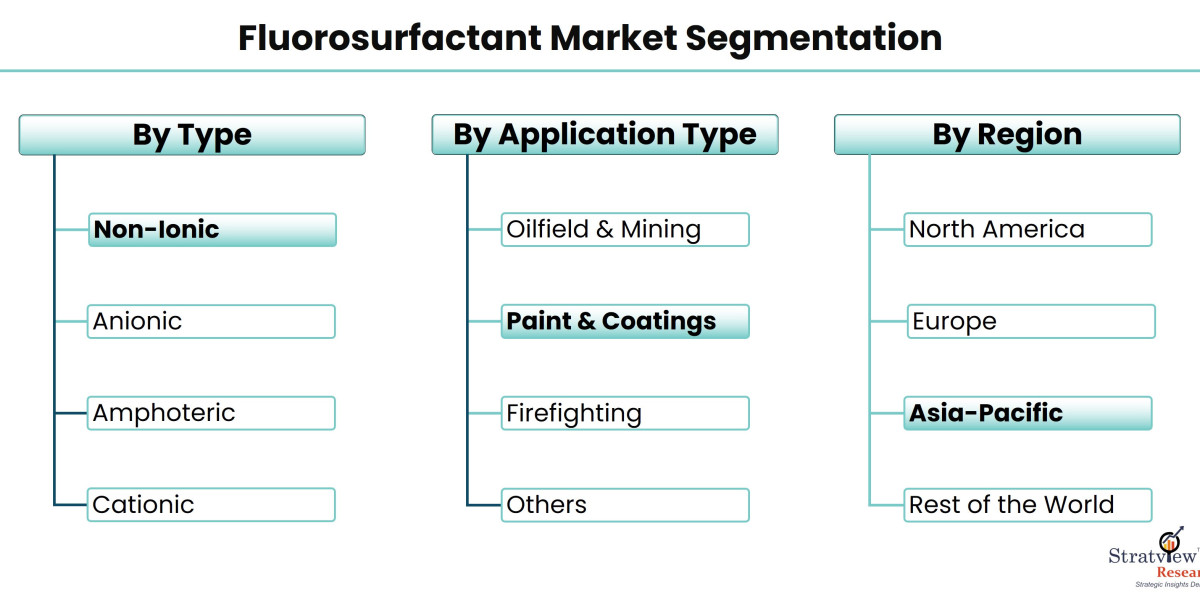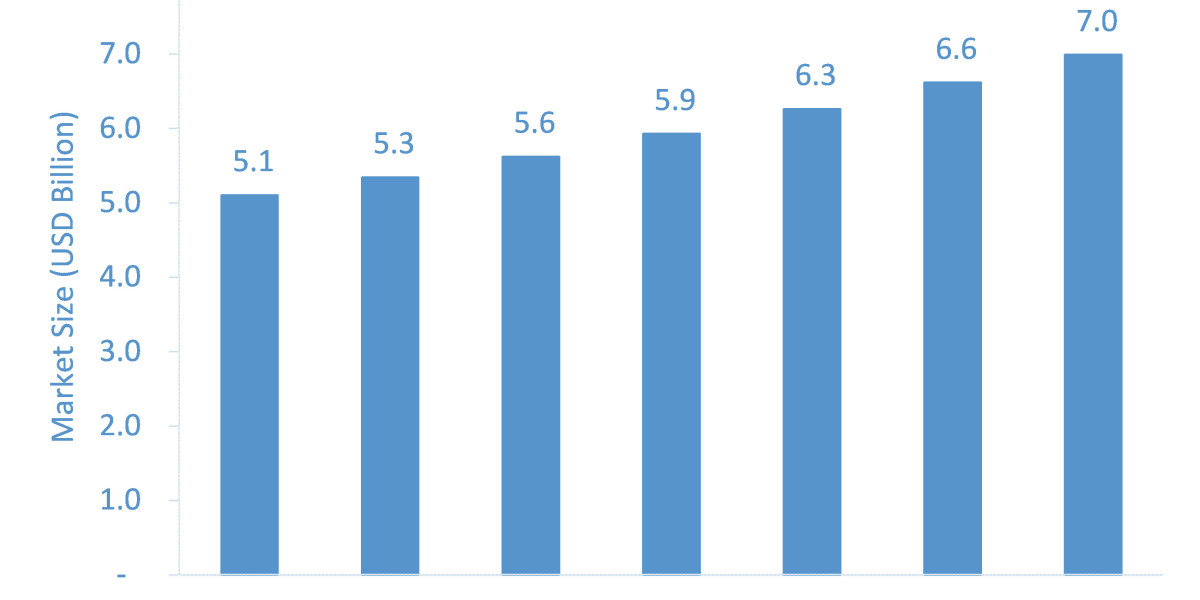The global fluorosurfactant market is experiencing significant growth due to its increasing demand across various industries such as paints and coatings, adhesives, and cleaning agents. Fluorosurfactants, known for their unique surface-active properties, offer superior wetting, spreading, and leveling capabilities compared to conventional surfactants. As industries continue to push the boundaries of performance and sustainability, the fluorosurfactant market is poised for expansion, driven by several key factors.
According to Stratview Research, the fluorosurfactant market was estimated at USD 0.72 billion in 2022 and is likely to grow at a CAGR of 9.08% during 2023-2028 to reach USD 1.22 billion in 2028.
Rising Demand in the Paints and Coatings Industry
One of the primary drivers of growth in the fluorosurfactant market is its widespread application in the paints and coatings industry. Fluorosurfactants enhance the performance of coatings by improving stain resistance, leveling, and surface smoothness. In addition, they provide excellent water and oil repellency, making them an essential ingredient in high-performance coatings used in automotive, construction, and industrial applications. With the global construction and automotive sectors experiencing steady growth, the demand for advanced coatings and, consequently, fluorosurfactants, continues to rise.
Growing Adoption in Cleaning and Household Products
The cleaning products industry is another major contributor to the growth of the fluorosurfactant market. Fluorosurfactants are increasingly being used in household and industrial cleaning agents due to their ability to reduce surface tension and enhance the effectiveness of cleaning solutions. Their superior wetting properties enable better penetration and removal of dirt, oils, and grease from surfaces. With consumers seeking more effective and eco-friendly cleaning solutions, the demand for fluorosurfactants is expected to grow further.
Environmental Regulations Driving Innovation
While fluorosurfactants are highly effective, there has been growing concern over their environmental impact, particularly with regard to their persistence in the environment and potential toxicity. This has led to stricter environmental regulations in regions such as North America and Europe, pushing manufacturers to innovate and develop more sustainable, low-impact fluorosurfactants. The development of environmentally friendly alternatives is opening new growth opportunities for companies that can deliver high-performance products that comply with stringent regulations. This drive for sustainability is becoming a key growth driver for the market.
Technological Advancements and Product Innovation
Technological advancements and innovation in product development are also contributing to the growth of the fluorosurfactant market. Researchers are continuously exploring new formulations to enhance the performance of fluorosurfactants while reducing their environmental impact. Advancements in nanotechnology, for example, are enabling the development of more efficient fluorosurfactants that offer superior performance at lower concentrations. These innovations are expanding the range of applications for fluorosurfactants and are expected to drive further growth in the market.
Conclusion
The growth of the fluorosurfactant market is being fueled by a combination of rising demand in key industries, environmental regulations pushing for innovation, and technological advancements. As industries such as paints and coatings, cleaning products, and adhesives continue to evolve, the need for high-performance fluorosurfactants will remain strong. Manufacturers that can deliver effective and sustainable solutions will be well-positioned to capitalize on the growing market opportunities.



